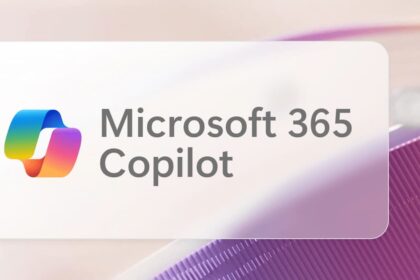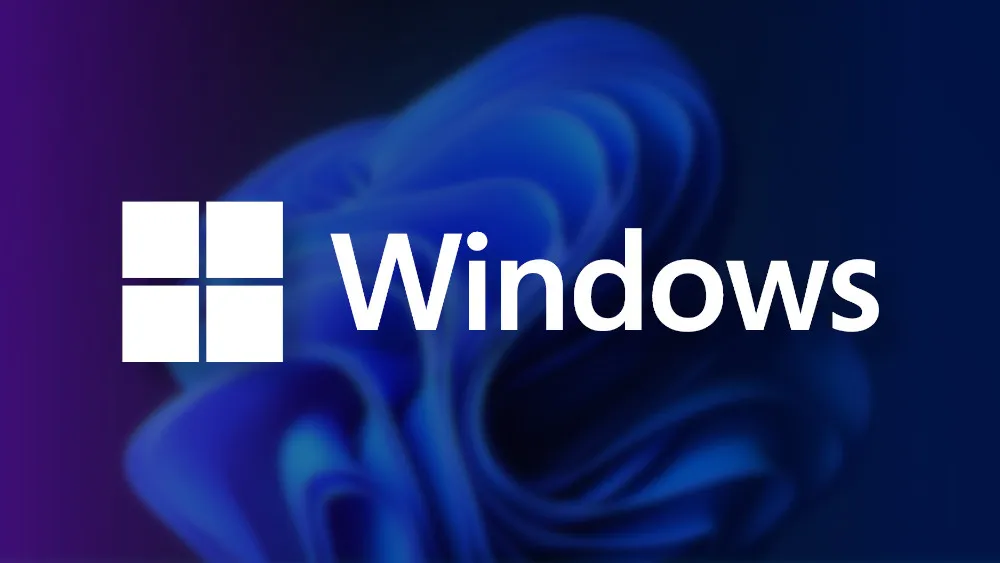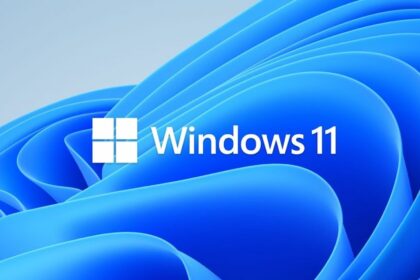After years of frustration, Microsoft has finally addressed one of Outlook’s longest-standing issues: integrating iCloud accounts.
Setting up iCloud in Outlook used to be a messy process filled with confusing steps, app-specific passwords, and compatibility quirks between Apple and Microsoft’s ecosystems. Now, that headache is over.
Outlook moves to OAuth 2.0, simplifying working with multiple accounts
Microsoft has begun rolling out OAuth 2.0 support for iCloud accounts, a major upgrade that modernises and simplifies how users sign in. OAuth 2.0 is a widely adopted security standard that allows you to grant access to your account without sharing your password directly with the app.
In practice, this means you’ll now log into your @icloud.com account through Apple’s official authentication window right inside Outlook — no more generating or entering app-specific passwords. Just sign in with your Apple ID, grant permission, and your Mail, Calendar, and Contacts will sync automatically.
The update is gradually arriving for the new Outlook for Windows, Outlook for Mac, and Outlook mobile apps on iOS and Android. Microsoft notes that existing iCloud users will be prompted to reauthenticate their accounts over the next few months as the rollout expands.

This change may seem small, but it has a big impact on security and ease of use. OAuth 2.0 replaces the old password-based setup with secure access tokens that can be revoked at any time. If you ever need to remove Outlook’s access, you can simply manage permissions through your Apple ID settings — no need to reset passwords or delete accounts.
It also eliminates one of the biggest barriers for users juggling between Apple and Microsoft devices. Those who use iPhones but work primarily on Windows PCs will now have a much smoother experience syncing emails and calendars across both ecosystems.
Compatibility and rollout details
There’s one caveat: this new experience only applies to the modern Outlook apps. If you’re still using the legacy version of Outlook for Windows, you’ll continue to see the old “app password” prompt until you switch. Microsoft strongly encourages users to try the new Outlook, which now offers native iCloud integration without third-party plugins or complicated setup steps.
The new authentication feature appears in the official release notes under “OAuth 2.0 for iCloud accounts” (version 20250926009.05) for Outlook for Windows. Microsoft is rolling it out in phases, so it might take a little while before it reaches every user.
By adopting OAuth 2.0, Microsoft is not just improving convenience — it’s tightening security and reducing IT overhead. Fewer passwords mean fewer support tickets, fewer synchronisation issues, and less risk of credential leaks. For both personal users and enterprise environments, this move helps create a safer, more unified email experience across platforms.










